Sharing Vulnerability on Substack – How I Write About My Messy Stories
People want to be seen. If you share too much of yourself, it may backfire. Here are my tips for getting the right balance
Why are you on Substack?
If your aim is to connect with readers and build community, you’re in the right place – Substack is a unique platform that lends itself beautifully to both objectives.
But your connection with readers will, in part, depend on how much you come across as relatable. That, to a certain extent, depends on your willingness to be vulnerable. Trouble is, being vulnerable can be a little uncomfortable – and it can also be a major turn-off for readers if you get it wrong.
If you’re sharing personal anecdotes, or writing about personal development, for example, your writing will naturally lend itself to moments of vulnerability. But even if you’re writing about something less personal, like politics or gardening, there are opportunities to infuse your writing with vulnerability, so that readers can feel your heartbeat between the lines. They want to read your posts and feel like they understand you better.
What’s more, they also want to see their thoughts, feelings, and experiences reflected on the screen. Ultimately, what John Green said about books is true of resonant Substack posts: “Great books help you understand, and they help you feel understood.”
I’m still fairly new to Substack…
but I’ve been blogging…
and posting on social media…
about emotional health and spiritual insight for years.
I also got featured in the media such as Good Health, Australian Herald and Women’s Today…
which means I’ve had to form some rules about how I approach vulnerability in my writing.
Here are some of the lessons I’ve learned that may help you navigate vulnerability on Substack.
Lesson 1: It can’t breach your boundaries
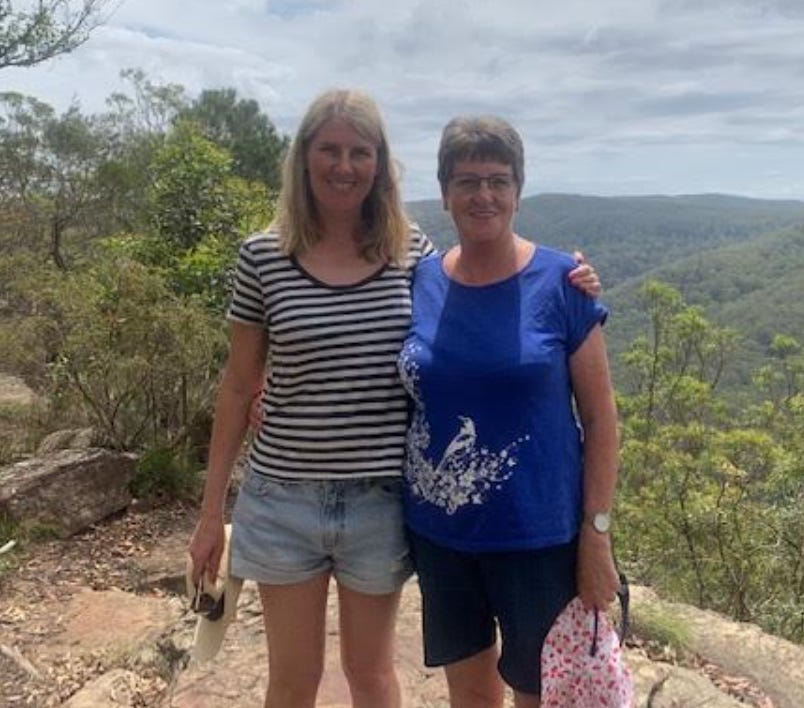
Helpful vulnerability depends on having boundaries within your writing.
What topics will you share, and what topics will be off-limits?
If you’re talking about sensitive topics, how will you take care of your reader?
For example, if you’re writing about your mental health, what support contacts and trigger warnings will you include for people who are also experiencing mental health challenges? Also, whose consent will you need?
My husband is a private person, so we have a rule that I don’t share photos of him without his permission, and nor do I share personal anecdotes involving him that he isn’t comfortable with. This is really important.
I am on Substack, he is not. I’m choosing to be vulnerable about certain experiences in my life, but he didn’t sign up for that. So if I’m unsure, I always run posts by him first.
Lesson 2: It can’t be forced
If you’re sharing something that’s contrived, your readers will smell it a mile away, and it will make them cringe. An example is sharing an anecdote that is only tangentially related to your subject, like someone sharing their childhood trauma in a post where it detracts, rather than adds value to, the story.
If you are trying to force vulnerability, you run the risk of oversharing (which will feel a lot like attention-seeking), and that will make your readers less inclined to stay with you on the Substack journey.
Lesson 3: It can’t be fake
By its very nature, vulnerability must be authentic.
If you’ve made up a story, or embellished it too much, your readers will desert you.
LinkedIn is a shocker for this, dotted with posts from people claiming their toddlers have said something preposterous that little kids definitely do not have the language to say. That is manipulation disguised as vulnerability, and it’s a major turn-off.
Lesson 4: It can’t be rushed
Give it a day or two then re-read it. Give it a day or two then re-read it.
My rule of thumb is:
I never post when I’m angry or highly emotional – this invariably leads to a ‘vulnerability hangover’.
If you feel like you might be sharing too much, the worst thing you can do is hit ‘publish’.
Give it a day or two then re-read it. With a fresh perspective, you’ll have a better sense of whether you’ve hit the right balance between helpful vulnerability and oversharing.
Trudie McConnochie is an Australian-based journalist who runs the Spirit in a Teacup Substack, and the One Grounded Angel Instagram account with 28,000 followers.
🎉Become a Substack Rockstar!
Trudie is part of my tribe and a future Substack rockstar.
All premium subscribers get a bit deeper and have access to my “Online Writing School” membership with the Substack School.
Be a part of it and join a lovely and vibrant community of more than 250 writers.
Find an A to your Q, chat with me, watch exclusive tutorial videos with insider tips, grow and make money writing on Substack with clarity, fun, and by doing what you love, writing.
Inside Substack School, I’ll show you the EXACT (baby) steps to use Substack and go from zero to Substack hero.
I’ve grown my email list to over 8,100 subscribers within 21 months. Became a Substack bestseller with hundreds of paid subscribers and earn $ with my newsletter - part-time with two kids in the house.
🔥I’m handing my tactic over to you so you can start putting structure behind your 2024 list-building goals.
✨If I can make your newsletter transformation a little easier, I’m 100% here for it.
🏆As a member, I’ll recommend your Substack to my audience. You can connect with other tribe members (in your niche) and find collab partners. In addition, you can write a guest post in the “Hype Yourself Up Substack Summer” for my newsletter to be seen by more people, as Trudie did.
This month, inside Substack School…
you can join us LIVE or catch the replays of 3 LIVE workshops, and 1 LIVE session and get the opportunity to register for the NOTES Kickstarter Bootcamp:
Thank you, Trudie, for this helpful guest post and the inspiration.
Trudie McConnochie is an Australian-based journalist who runs the Spirit in a Teacup Substack, and the One Grounded Angel Instagram account with 28,000 followers.
You can meet her inside the Substack School community of 250+ members.


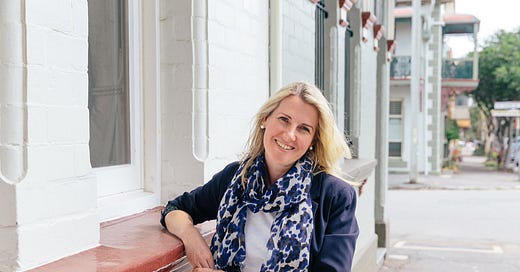




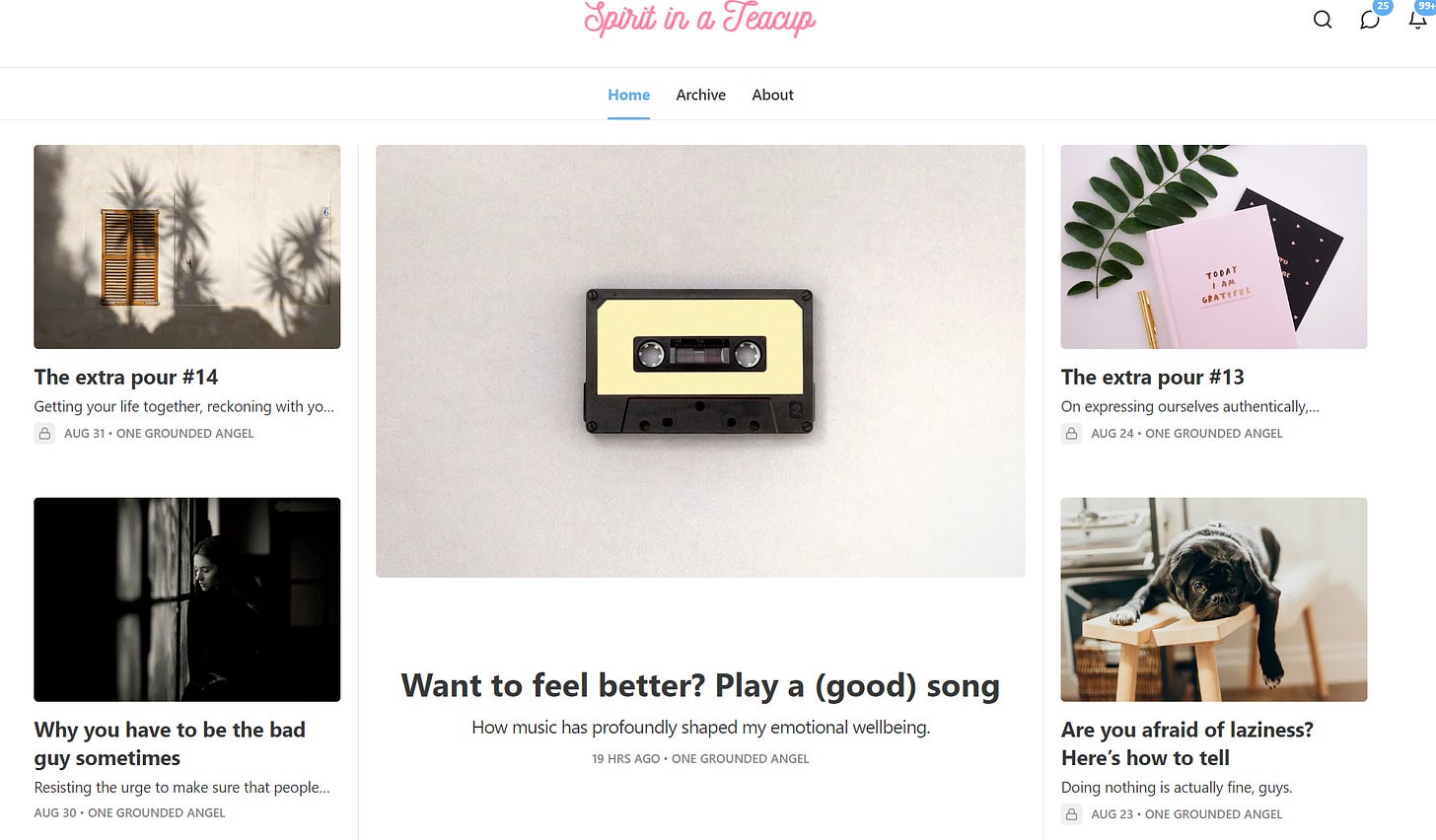
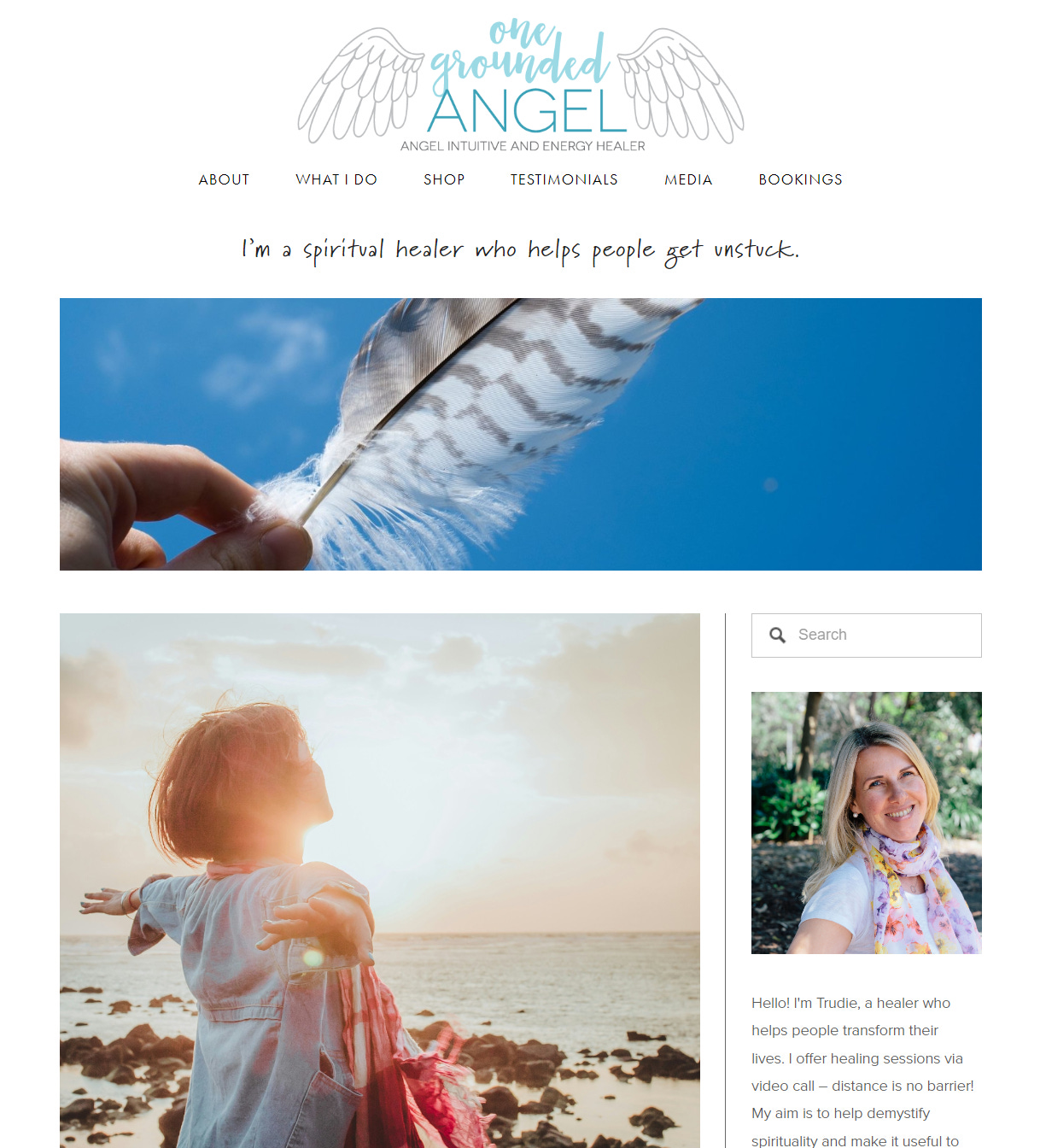
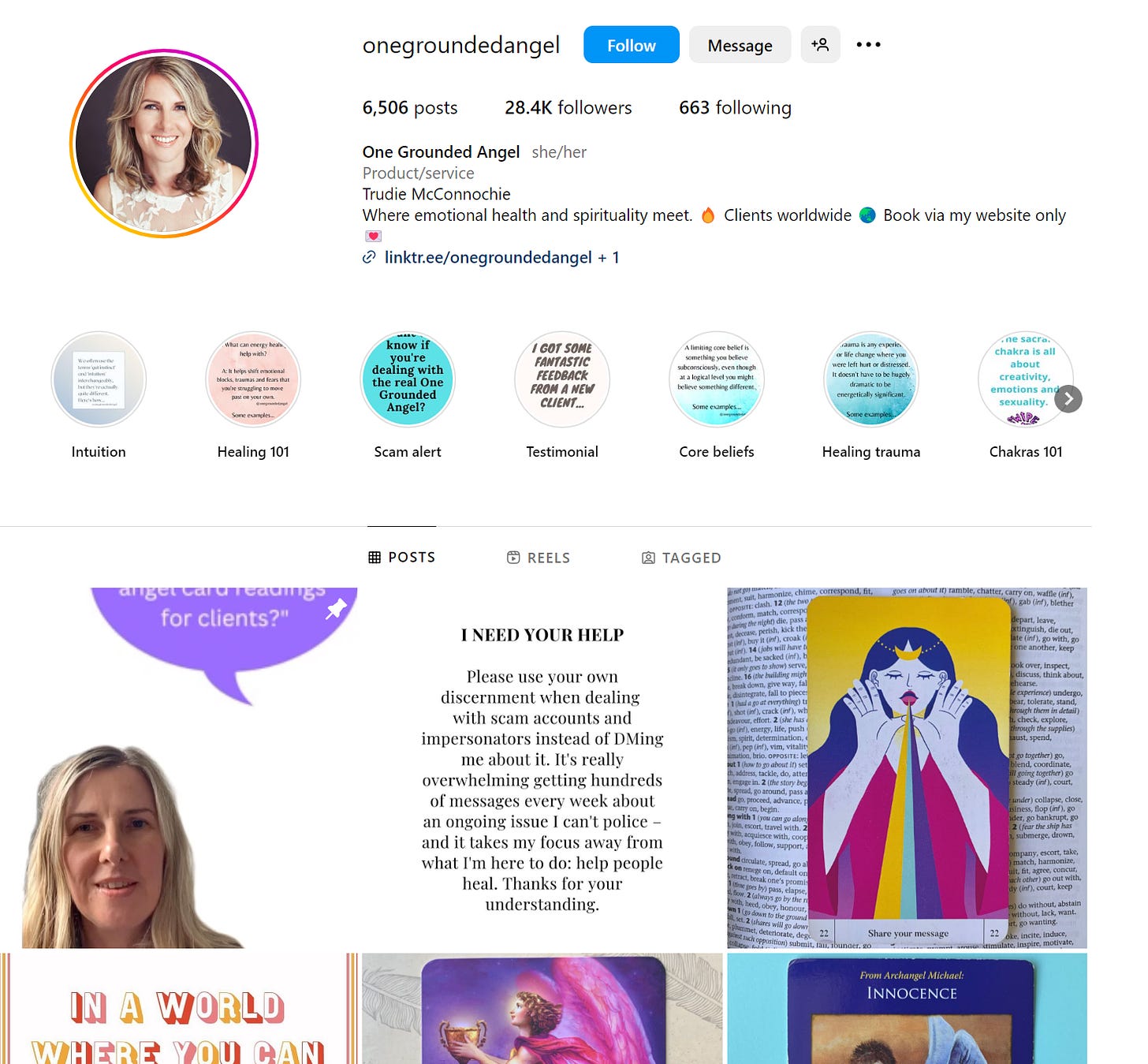
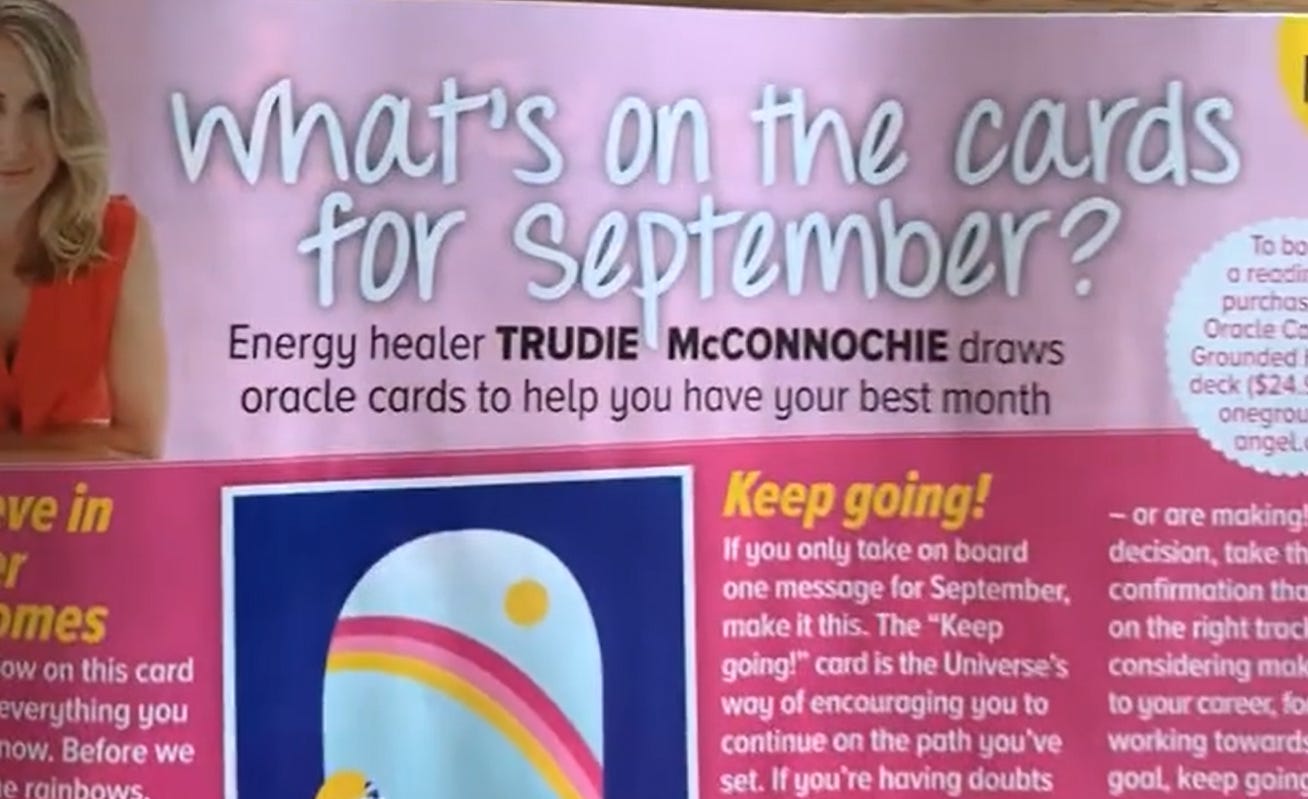

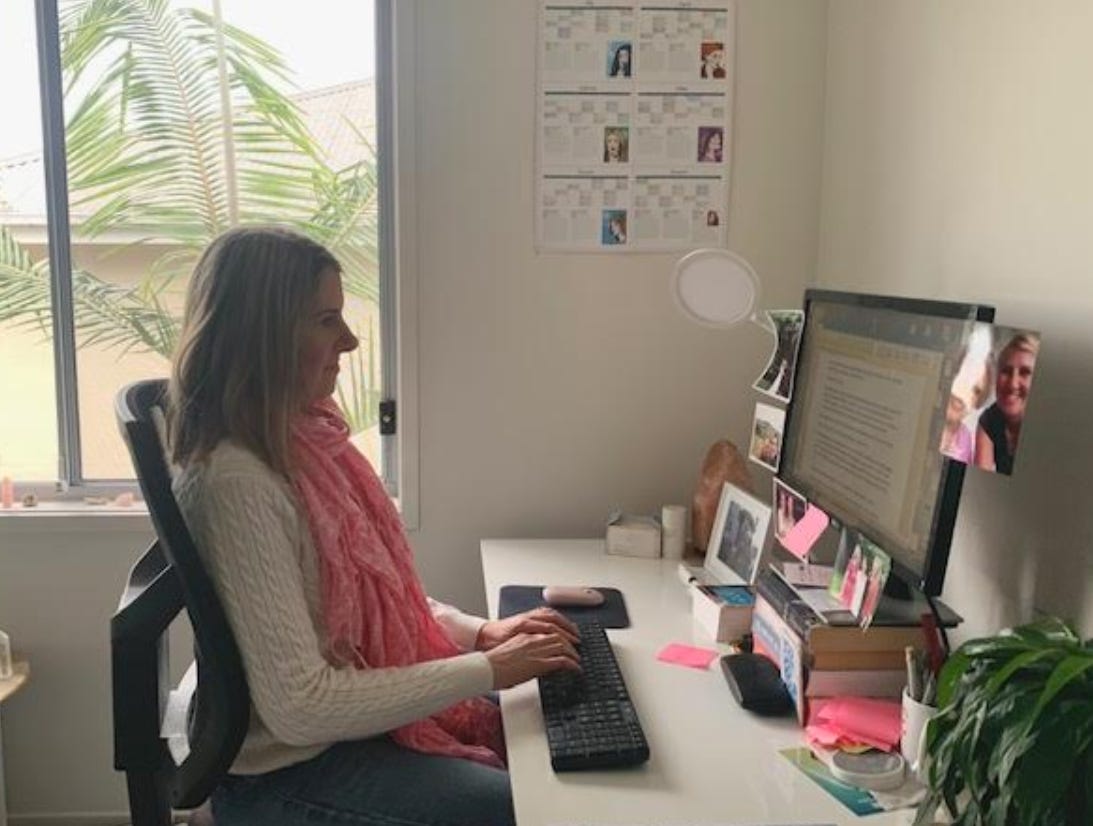
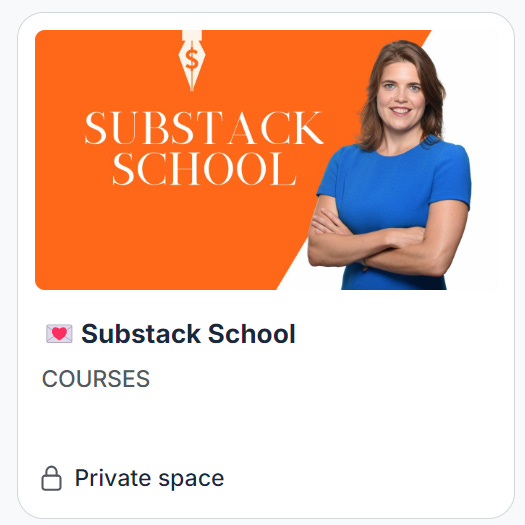
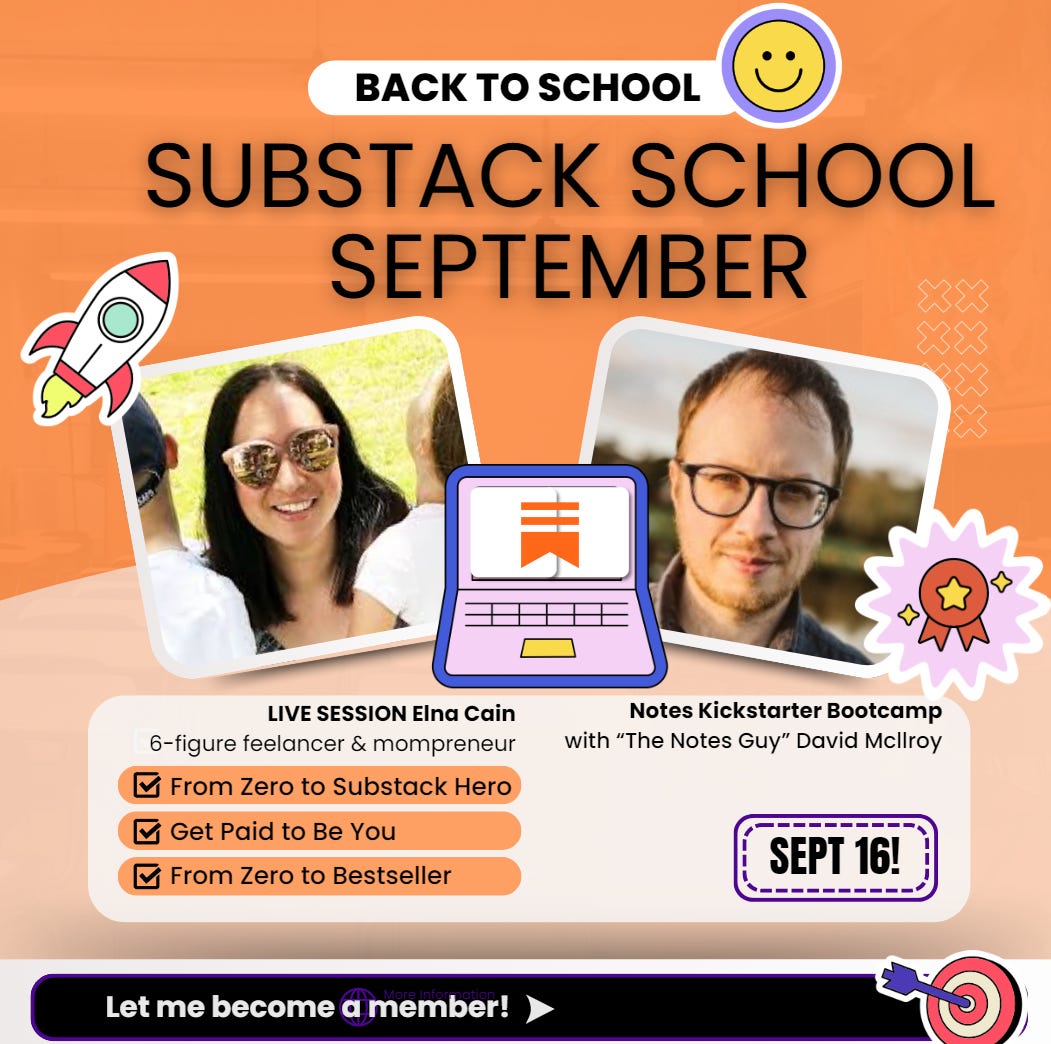

Hi Trudie, I often stop when writing a personal story and wonder: is it too personal or cringey? Sharing personal anecdotes is definitely not in my comfort zone.
But I want to open up to my audience on a deeper level so I'm sharing personal updates. I also don't want to be oversharing and often I have the feeling I don't have the right words for expressing my feelings in English. I always encourage people to share their messy stories. Scars over scabs.
Interesting that Danusia and Elsa thing it doesn't have to be relatable as I also thought this was important. Do you know the Call Me Daddy podcast? She's sharing vulnerable stories so many can relate to but you have the feeling she's wants to share them no matter what the audience thinks about it and that's what makes it so honest and raw.
Many thoughts here in the comments. Great that your post sparked the discussion on relatability.
I disagree with this completely. There is no right or wrong way on being vulnerable... it's whitewashing to suggest otherwise and excludes a clear and comprehensive understanding of diversity and Inclusion. I always appreciate people being fully open and sharing their full truth, being real and authentic. That's who I am and I'm not going to allow boundaries and rules on vulnerability to censor my aunthencity. Anybody promoting this is sending the wrong message, a backdated ancient message about writing and is not following the conversations about belonging and authenticity...